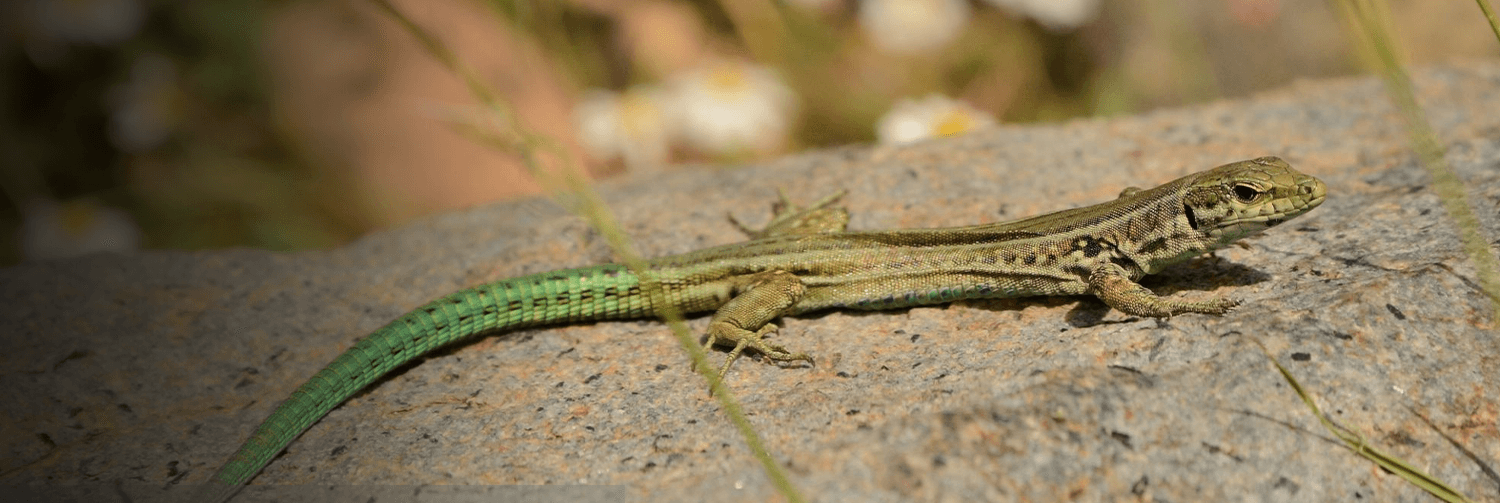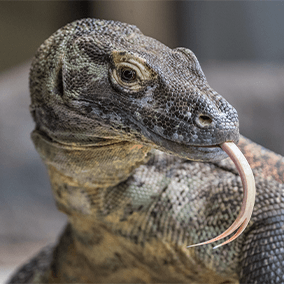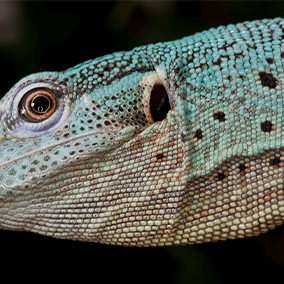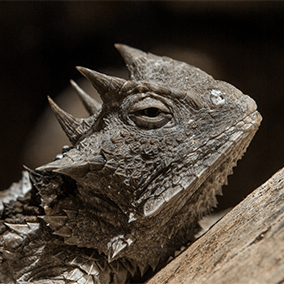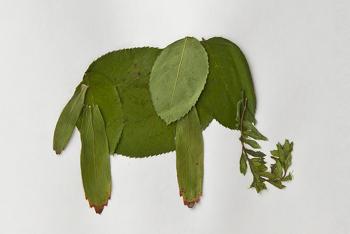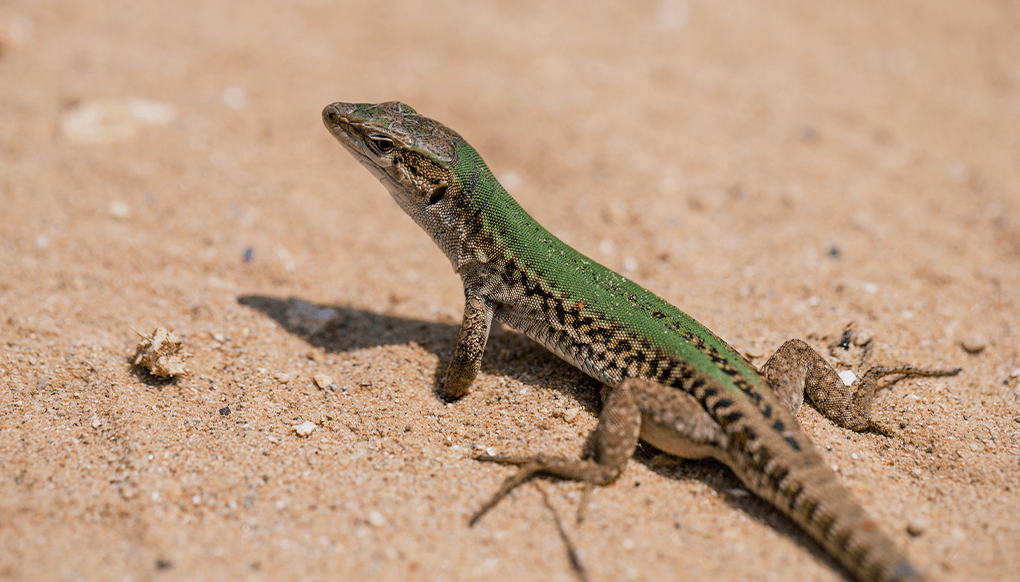
lizards

Reptiles


Some Endangered
facts
Some are predators, eating mammals, birds, and other reptiles. Others are mainly vegetarian, eating leaves, fruits, and flowers.

Most lizards live on the ground, but others can be found making their home in a tree, in a burrow, or in the water.
description
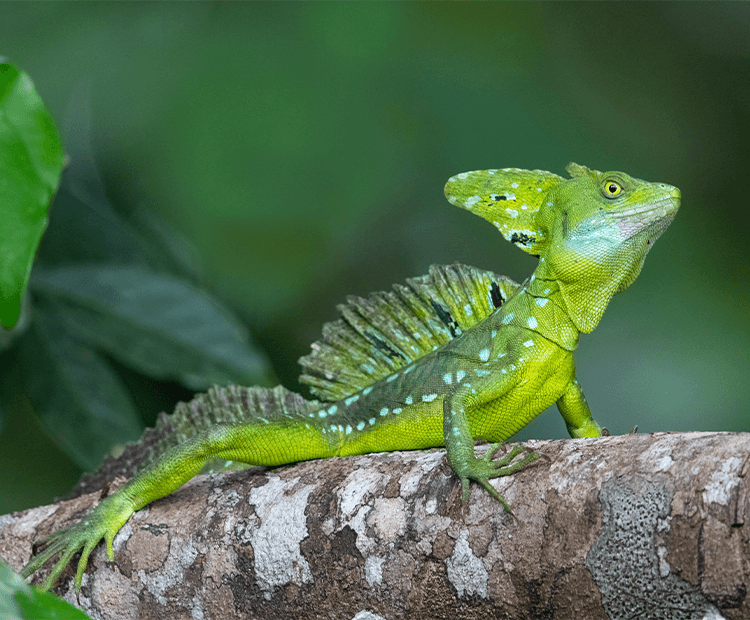
Dino-reptiles
Lizards first appeared on Earth more than 250 million years ago. They are reptiles, and are most closely related to snakes. In fact, some lizards, called sheltopusiks, look like snakes because they have no legs! Many lizards today resemble the ancient reptiles of the dinosaur era.
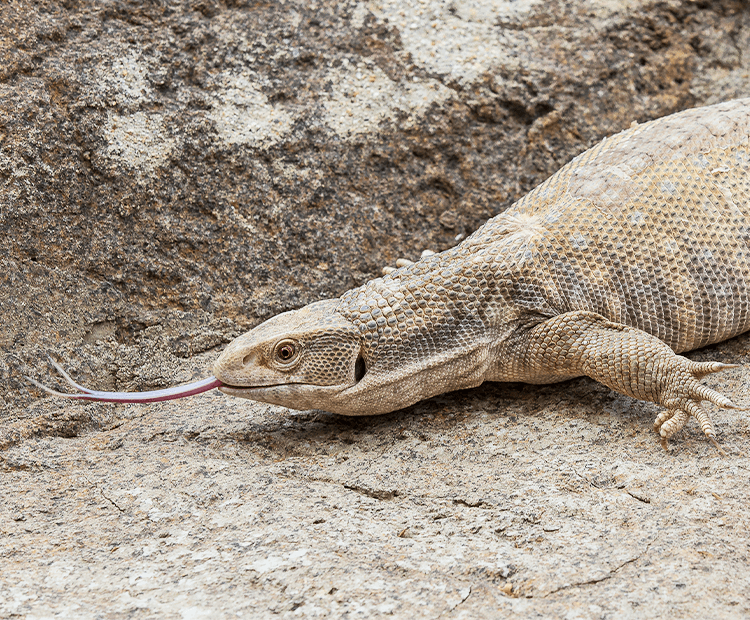
Like and unlike snakes
In general, lizards have a small head, short neck, and long body and tail. Unlike snakes, most lizards have moveable eyelids. But like snakes, a lizard sticks out its tongue to catch scent particles in the air and then pulls back its tongue and places those particles on the roof of its mouth, where there are special sensory cells. The lizard can use these scent “clues” to find food or a mate, or to detect predators.
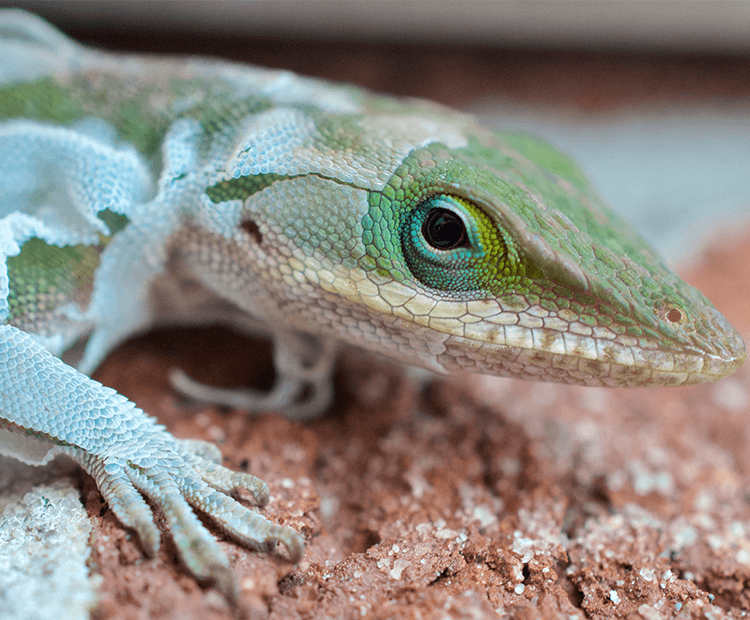
Comfy in new skin
Lizards have dry, scaly skin that does not grow with their bodies. Instead, most lizards shed, or molt, their old skin in large flakes to make way for the new skin growth underneath. The exception to this is with the alligator lizard, which may shed its skin in one piece, like a snake. The scales on lizards vary, depending on their habitat. Skinks have smooth scales so mud won’t cling to them; some lizard species have bony plates, called osteoderms, under their scales for added protection against rough terrain.
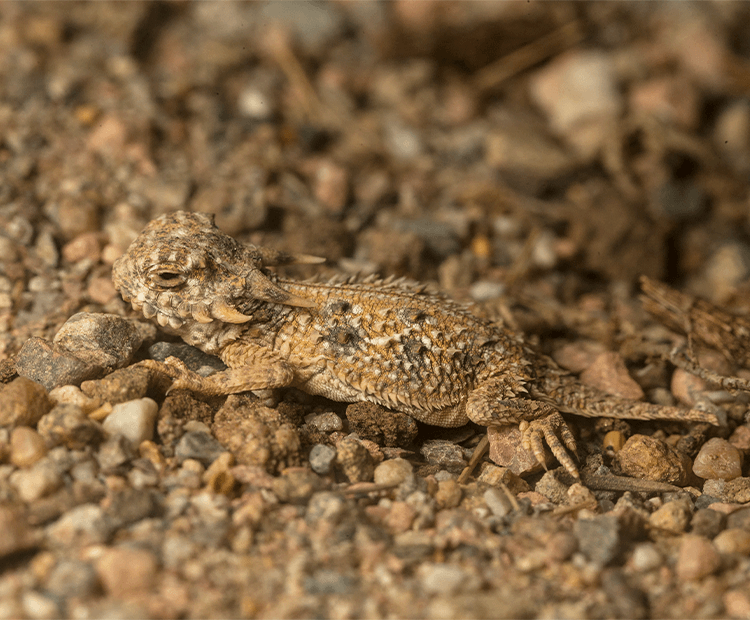
Staying safe
Lizards are popular prey for many types of predators, from birds of prey to snakes and carnivorous mammals. Their camouflage and ability to stay still for hours helps keep them safe. Several types of lizards are able to escape from a predator by breaking off part of their own tail. If a predator grabs the lizard by its tail, the tail easily comes off. It can grow back over time, although the tail won’t look quite the same. Still, it’s better than being someone else’s dinner!
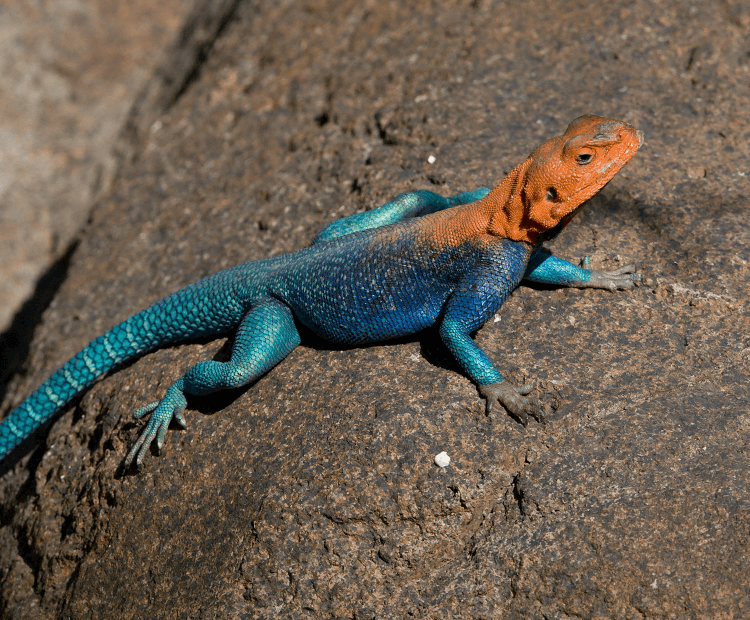
Hues of attraction
Male lizards use a variety of methods to attract a female's attention. They bob their head vigorously, or display their brightest colors or best features. The green anole lizard inflates a rust-colored throat sac, called a dewlap, to win over the lady of his choice, sometimes keeping up this display for hours. Red-headed agamas are African lizards with brown skin—but when the male needs to make sure others see him, his head turns fiery red and his body and tail change to a bright, shiny blue.

